Montgomery Spruce Care In The Landscape
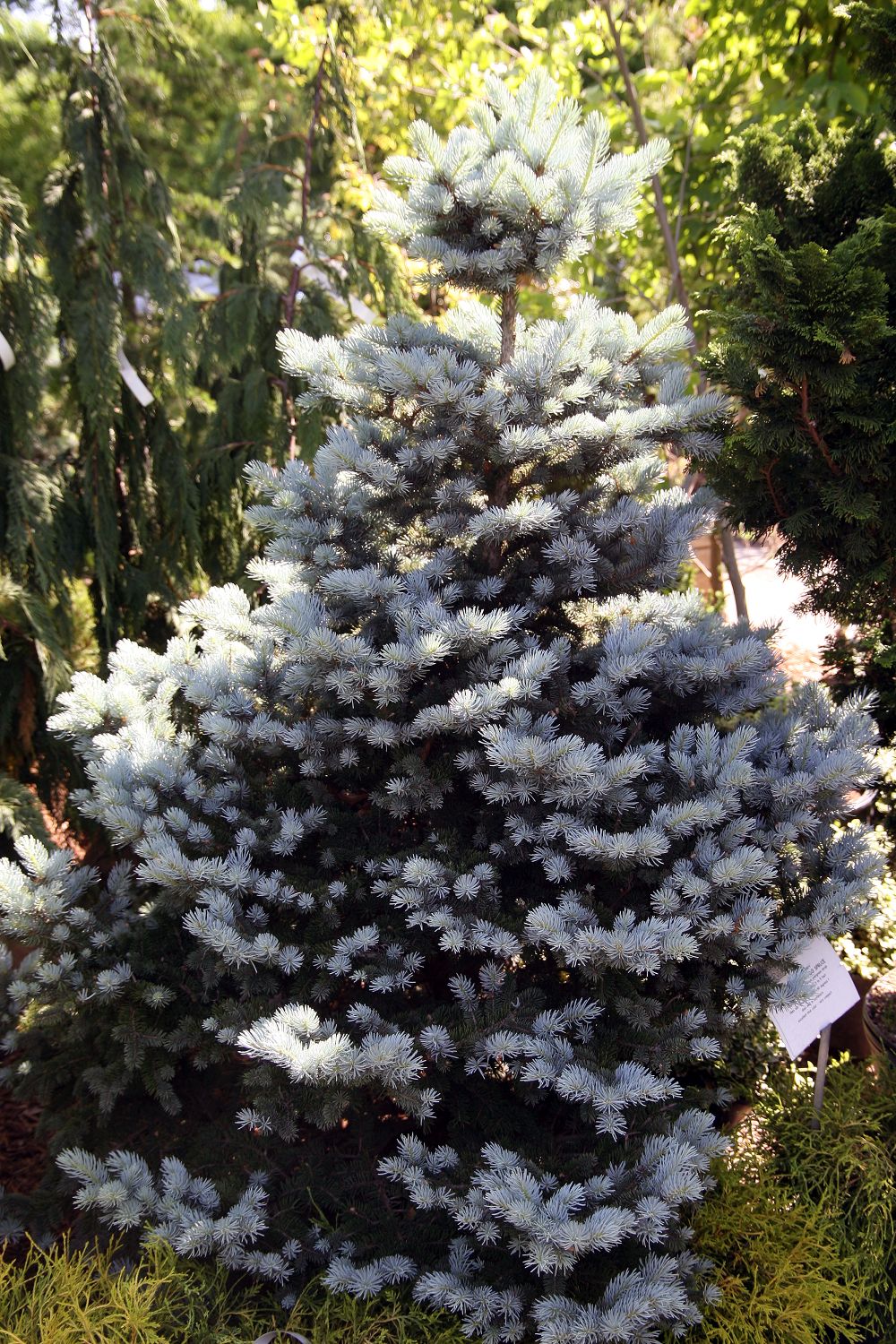

If you love Colorado spruce but don’t have the space in your garden, Montgomery spruce trees might be just the ticket. Montgomery (Picea pungens 'Montgomery') is a dwarf cultivar of Colorado blue spruce and won’t get much taller than you are. For more Montgomery spruce information, including tips on how to grow Montgomery spruce, read on.
Montgomery Spruce Information
Colorado blue spruce can shoot up to 100 feet (30.5 m.) in the wild, and that’s way too tall for small gardens. However, you can get the same effect in a miniature size with Montgomery spruce trees. According to Montgomery spruce information, these dwarf cultivars have the same blue-hued needles as the taller varieties. Yet, the cultivar only grows to 3 feet (1 m.) tall and wide over its first eight years. It can rise as tall as 8 feet (2 m.) over its lifetime if you never prune it. Montgomery spruce trees are attractive accent plants with their silvery blue foliage. They are particularly well suited to rock gardens. Montgomery spruce can also work well in hedges.
How to Grow Montgomery Spruce
If you are wondering how to grow Montgomery spruce, this cultivar only thrives in cooler regions. Don’t hesitate to plant Montgomery spruce trees if you live in USDA plant hardiness zones 3 through 7. You’ll need to site your Montgomery spruce in a location that gets full sun. The trees also require well-draining, acidic soil. This tree will not grow in shade or in wet soil. One important aspect of Montgomery spruce care is water. These trees require irrigation to grow well, especially during the years following transplant. Montgomery spruce trees can become drought-tolerant once roots are established, but they do best with regular water when young. These cultivars are not plagued by many pests but keep an eye out for aphids and spider mites. You won’t have to worry about deer, since they do not seem to enjoy nibbling it. Does Montgomery spruce care include pruning? You don’t have to prune these trees at all. Although, they accept pruning if you wish to impact the tree’s height or shape.
Gardening tips, videos, info and more delivered right to your inbox!
Sign up for the Gardening Know How newsletter today and receive a free copy of our e-book "How to Grow Delicious Tomatoes".

Teo Spengler is a master gardener and a docent at the San Francisco Botanical Garden, where she hosts public tours. She has studied horticulture and written about nature, trees, plants, and gardening for more than two decades. Her extended family includes some 30 houseplants and hundreds of outdoor plants, including 250 trees, which are her main passion. Spengler currently splits her life between San Francisco and the French Basque Country, though she was raised in Alaska, giving her experience of gardening in a range of climates.
-
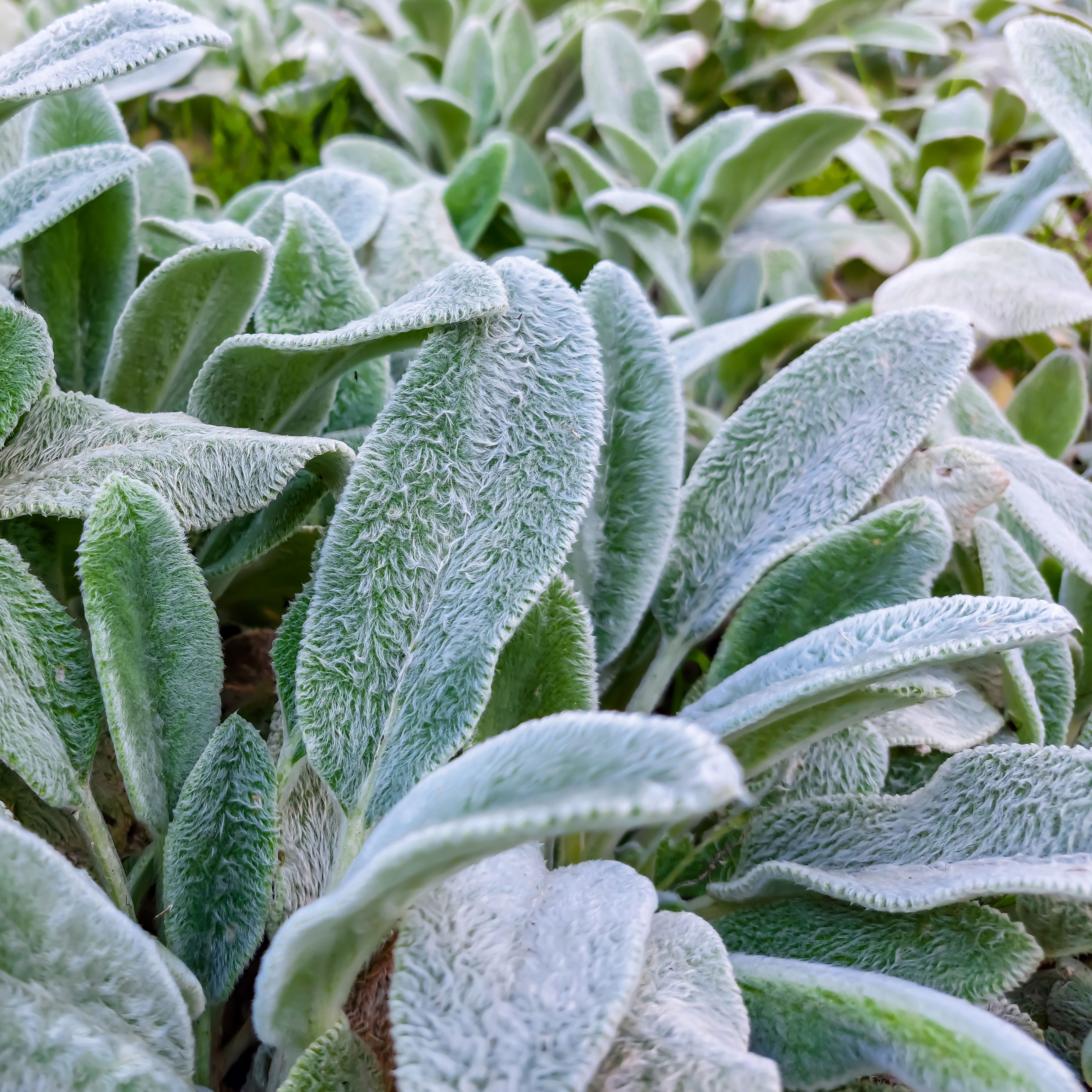 Looking For Plants To Give You The Soft And Fuzzies? Try These 5 Fuzzy Leaf Plant Options
Looking For Plants To Give You The Soft And Fuzzies? Try These 5 Fuzzy Leaf Plant OptionsLovers of texture, drama, silver foliage and tactile plants will adore these special sensory garden additions. These fuzzy leaf plant options will leave you all aglow
By Susan Albert
-
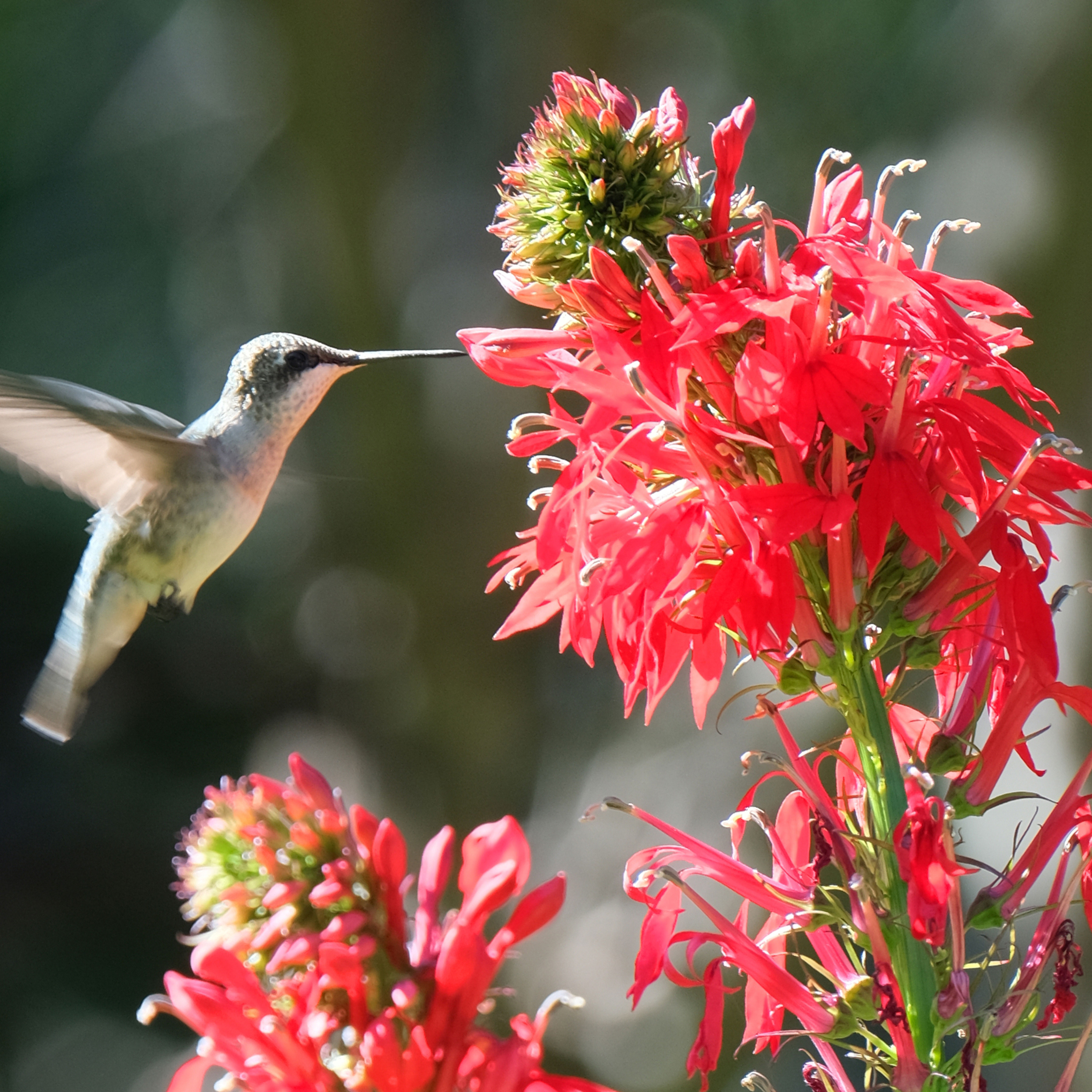 Get Ready For A Summer Of Hummers! Grow These Full Sun Hummingbird Plants and Flowers
Get Ready For A Summer Of Hummers! Grow These Full Sun Hummingbird Plants and FlowersIf you’re lucky enough to enjoy a sunny backyard, make sure you are maxing out on your pollinator opportunities and grow these full sun hummingbird plants and flowers
By Tonya Barnett
-
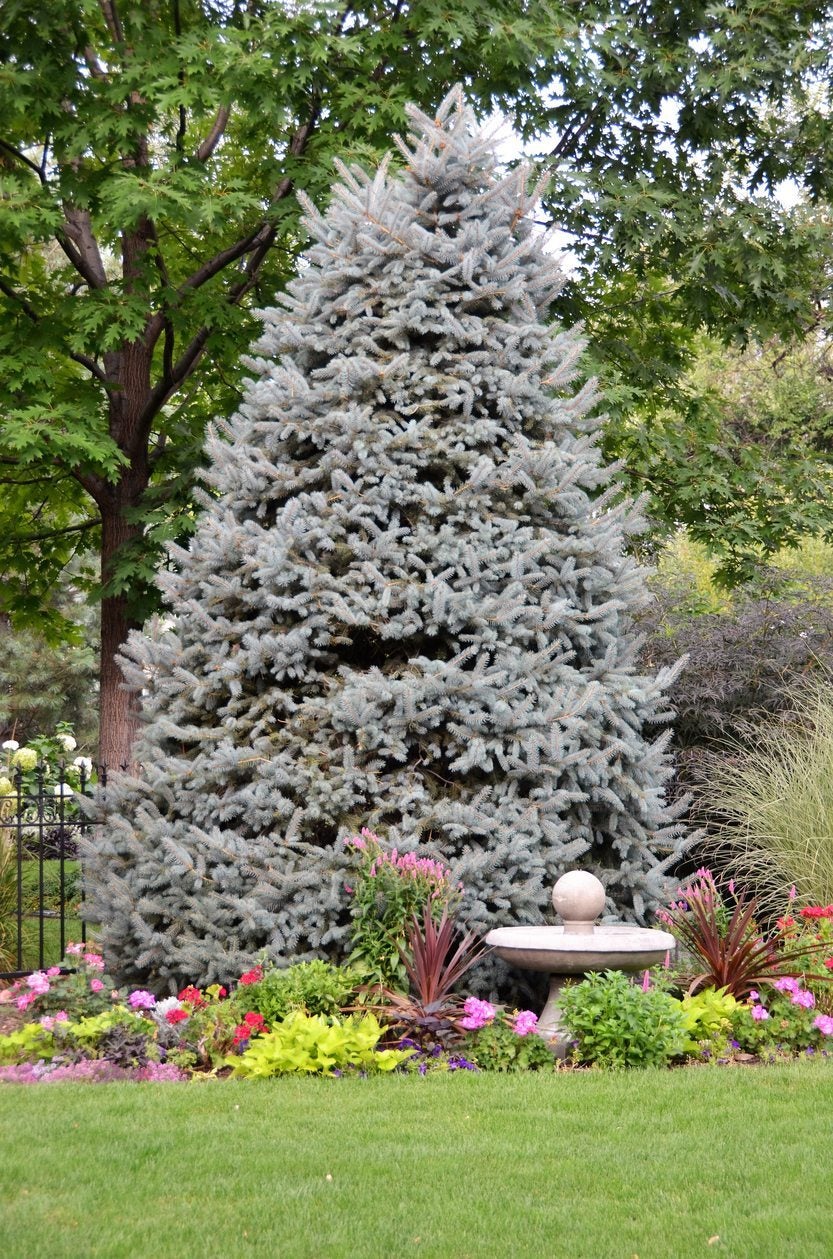 Blue Spruce Is Turning Green – Tips On Keeping A Blue Spruce Tree Blue
Blue Spruce Is Turning Green – Tips On Keeping A Blue Spruce Tree BlueYou are the proud owner of a beautiful Colorado blue spruce. Suddenly you notice that the blue spruce is turning green. Naturally you are perplexed. To understand why blue spruce turns green, click here. We'll also give you tips for keeping a blue spruce tree blue.
By Teo Spengler
-
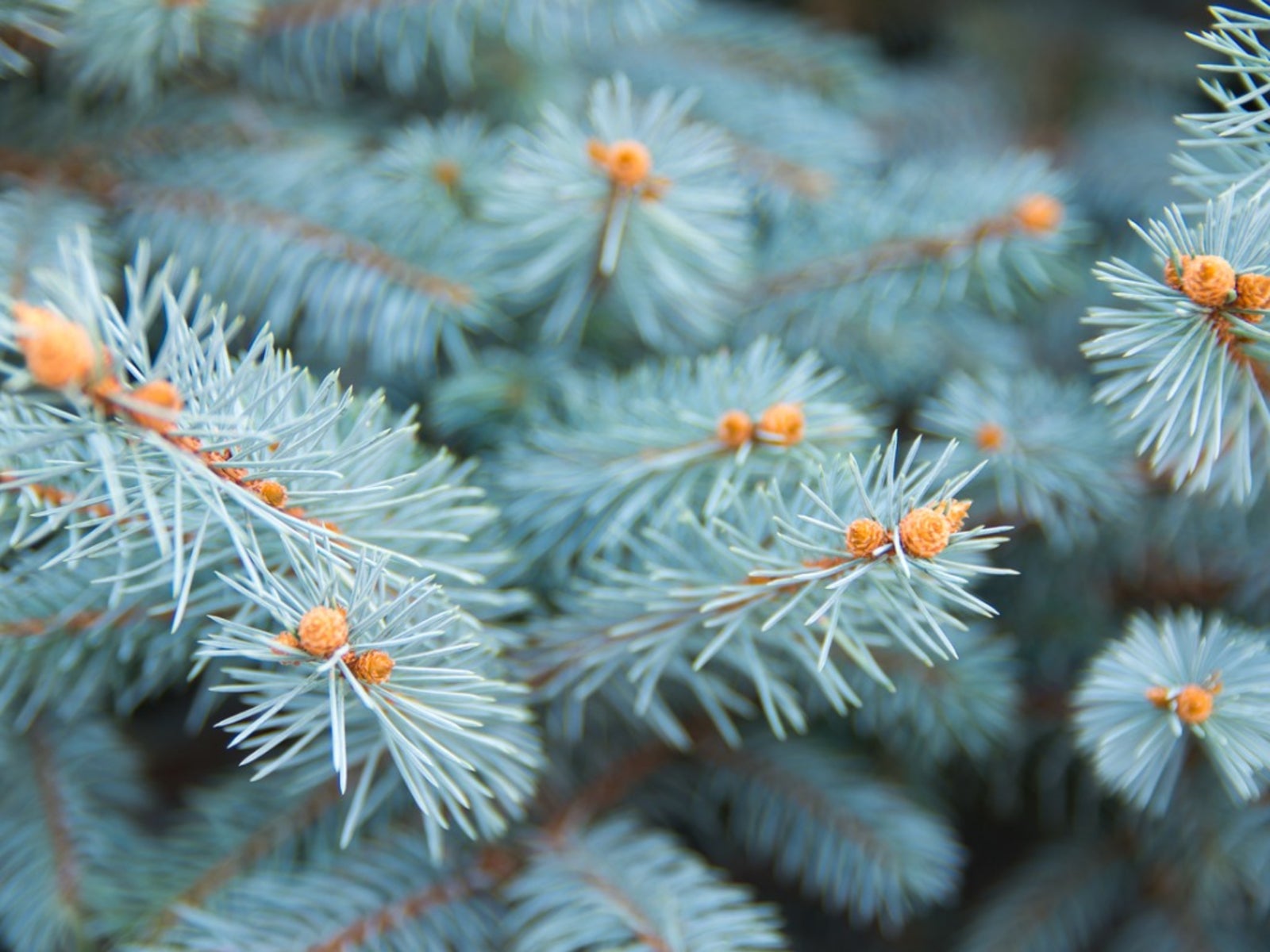 Colorado Blue Spruce Planting Guide: Tips On Caring For Colorado Spruce
Colorado Blue Spruce Planting Guide: Tips On Caring For Colorado SpruceThe names Colorado spruce, blue spruce and Colorado blue spruce tree all refer to the same magnificent tree?Pica pungens. Read here for information on how to grow a Colorado blue spruce.
By Jackie Carroll